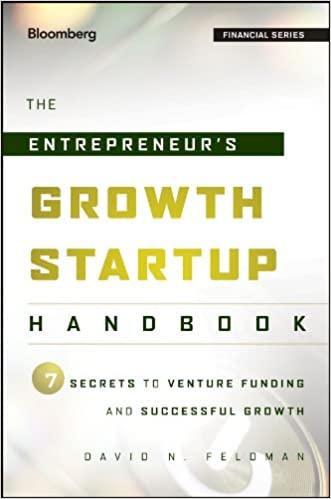Question
Question One: Each of two mutually exclusive projects involves an investment of $120,000. Net cashflows (AT) for the two projects have a different time pattern.
Question One: Each of two mutually exclusive projects involves an investment of $120,000. Net cashflows (AT) for the two projects have a different time pattern. Project A will yield high returns in early years and lower returns in later years. Project B on the other hand, will yield low returns in the early years and higher returns in later years. The cashflows generated from the two investments are as follows;
Project A: yr1 $70k | yr2 $40k | yr3 $30k | yr4 $10k | yr5 $10k
Project B: yr1 $10k | yr2 $20k | yr3 $30k | yr4 $50k | yr5 $80k
a) Calculate each project's payback period.
b) Compute the NPV of each project when the firm's cost of capital is 0%, 10%, and 20%.
c) Calculate each project's IRR.
d) Which project would you select, assuming no capital rationing and a constant cost of capital of 6%? Of 12%?
e) How might a change in the cost of capital produce a conflict between the NPV and IRR methods of ranking the projects? Why would such a conflict occur? At what value of "r" would this conflict occur?
f) Calculate the MIRR for each project assuming an opportunity cost of capital (r) of 10%. How does this method compare with the NPV method?
Step by Step Solution
There are 3 Steps involved in it
Step: 1

Get Instant Access to Expert-Tailored Solutions
See step-by-step solutions with expert insights and AI powered tools for academic success
Step: 2

Step: 3

Ace Your Homework with AI
Get the answers you need in no time with our AI-driven, step-by-step assistance
Get Started


